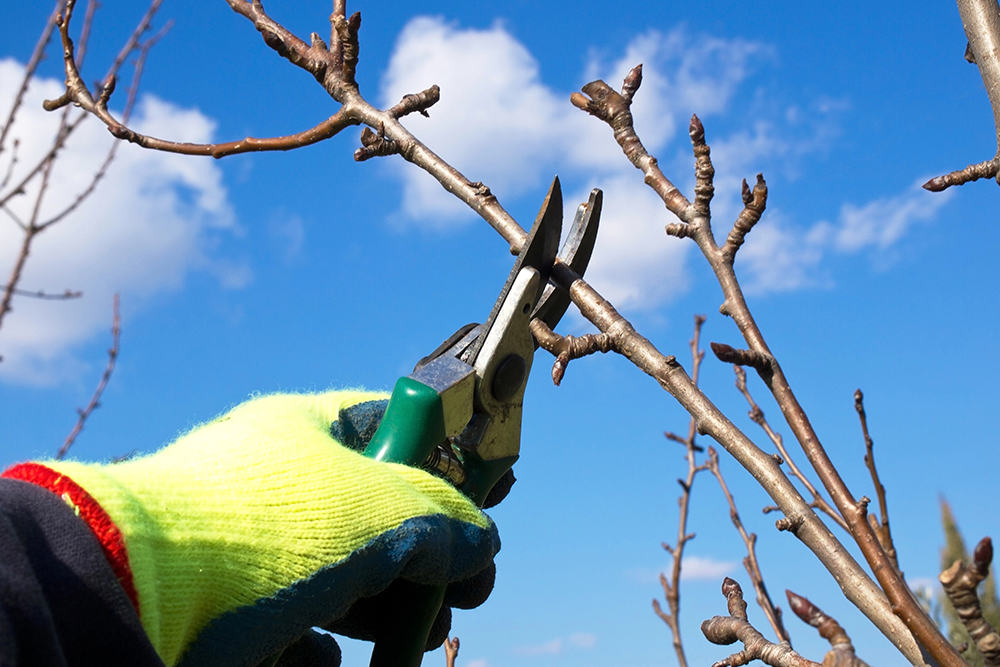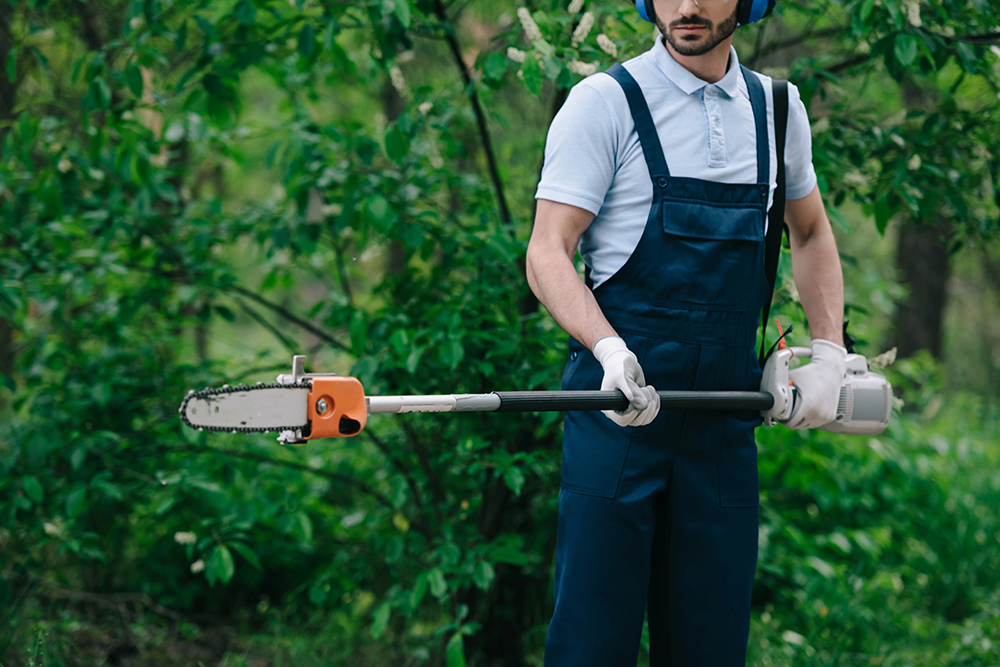Expert Guide To Trimming A Tree Properly

Even the healthiest trees need maintenance to grow properly and avoid becoming hazards. Trimming a tree correctly lets it thrive while reducing risks like falling branches or structural instability. Tree care combines precision, science, and years of expertise to give your trees the care they deserve.
Every branch tells a story. Some signify growth, while others indicate disease or danger. Knowing how and when to prune helps your trees grow stronger, healthier, and more resilient to weather conditions. You can help your trees live for decades by following best practices and employing the right tools.
Why Proper Tree Trimming Matters
Proper tree trimming is about the tree’s health and the safety of your property. Without maintenance, trees can become overgrown, diseased, or structurally unstable. They can pose risks to nearby structures, utility lines, and people. Thoughtful pruning enhances growth, prevents disease, and strengthens the tree’s framework.
Removing dead or diseased branches allows a tree to focus its energy on healthy growth. Opening the canopy improves light and air circulation, reducing the risk of fungi and other pathogens. Carefully shaping trees encourages fruiting and flowering. From ornamental trees to towering giants, proper care makes all the difference.
Safety is another reason for trimming. Overgrown branches obstruct vehicle visibility, interfere with electrical lines, or fall during storms. Pruning also prevents the top-heavy imbalance that can lead to trees uprooting in high winds. A well-maintained tree can be a safeguard for your property.
Techniques for Trimming a Tree
Understanding the right tree-trimming techniques is the foundation of effective tree care. Each cut influences the tree’s growth and overall health. Use the three-cut method for thicker branches to prevent bark tearing and encourage healthy healing. The process involves an initial undercut, a top cut to remove the branch weight, and a final cut near the branch collar to promote callus formation.
Thinning the crown is another method to increase sunlight and airflow through the canopy. This improves photosynthesis and reduces the risk of disease. Crown raising helps clear space for traffic, buildings, or scenic views by removing lower branches gradually over time. Meanwhile, crown reduction focuses on encouraging new growth while maintaining the structural integrity of mature trees.
Crown cleaning is the most versatile method of removing dead, diseased, or broken branches. This type of maintenance strengthens the overall tree and reduces the likelihood of falling debris.
Timing Is Key for Effective Tree Trimming
Timing is everything when it comes to trimming a tree. Most trees respond best to pruning during their dormant season, typically mid-to-late winter. Trees are not actively growing at this time, which minimizes stress and reduces the risk of infections. Dormant trimming lets us quickly identify branches needing removal since the leaves have fallen. Seasonal cycles play a significant role in determining when to prune.
Summer pruning is another option, though it requires a delicate approach. This technique slows growth and is typically used to direct the shape of ornamental trees. It’s best performed after the peak seasonal growth to avoid stressing the tree.
Tools of the Trade
The success of tree trimming depends heavily on the tools used. Clean, sharp tools allow for precise cuts, reducing the risk of damage and disease. Pruners are ideal for smaller branches, while loppers offer the leverage for thicker limbs. Saws provide clean, efficient cuts for large branches that preserve the tree’s structure.
Extendable pole saws and pruners allow us to reach higher branches without climbing. Tools with ergonomic handles and advanced cutting mechanisms make the process easier and more effective. The right tool simplifies the task and promotes faster healing for the tree.
From working with ornamental fruit trees to mature shade trees, the proper equipment makes sure every cut contributes to the tree’s long-term health.
Avoiding Common Mistakes
Trimming a tree may seem straightforward, but mistakes can have lasting consequences. Over-pruning weakens the tree and disrupts its growth. Cutting too close to the trunk can damage the branch collar while leaving stubs that invite rot and decay. Each mistake increases the risk of disease and structural instability. Consistent training and adherence to ANSI A300 standards is what sets out company apart from the competition.
Enhancing Landscapes with Expert Tree Care
At Coleman Environmental Engineering, LLC, we bring over 80 years of experience to every tree we trim. From vegetation management to tree care, we aim to create healthier, safer, and more beautiful landscapes.
Explore our projects to see the results of our work, or contact us to discuss your tree care needs. Let us help your trees while improving the safety and beauty of your property.

